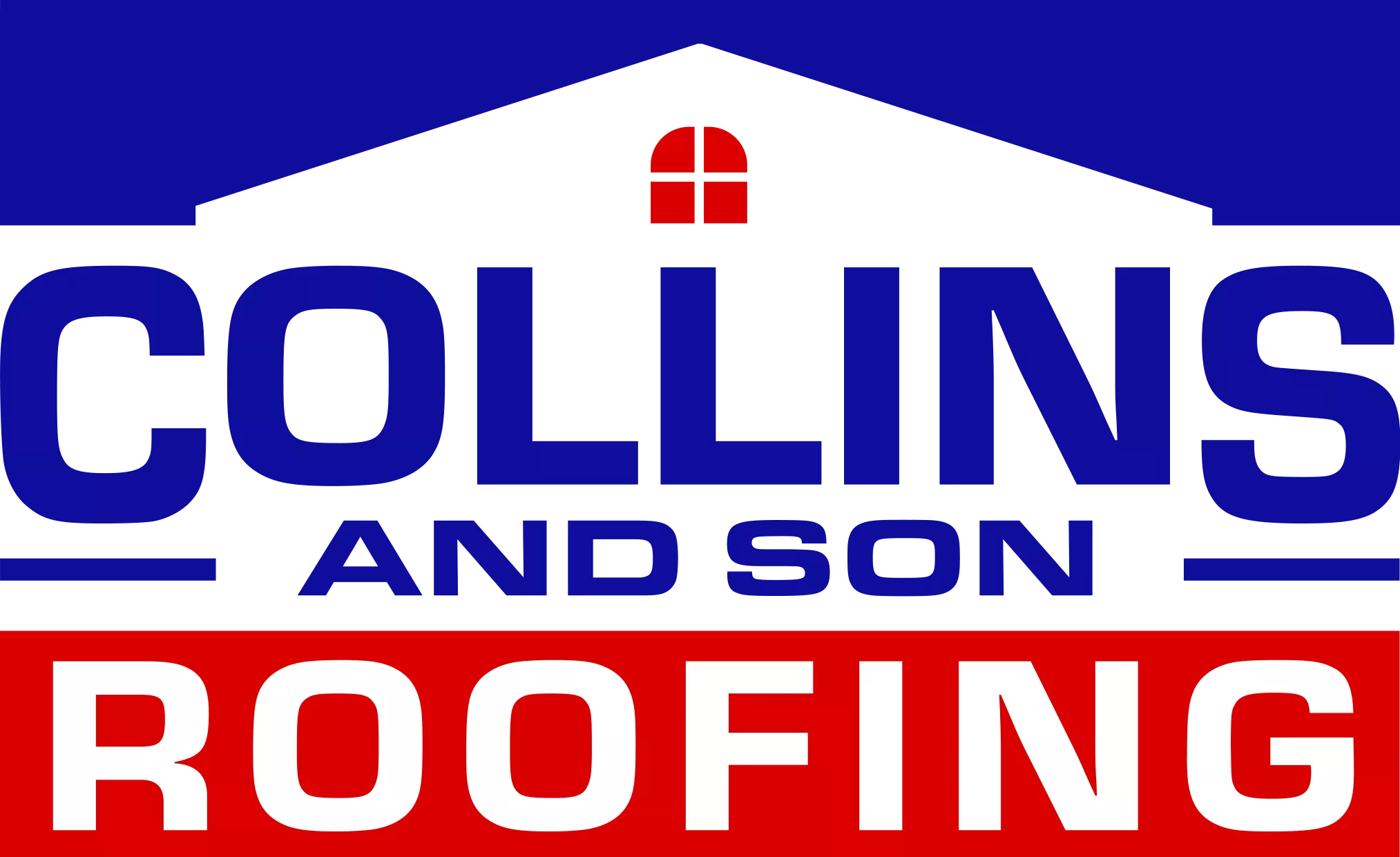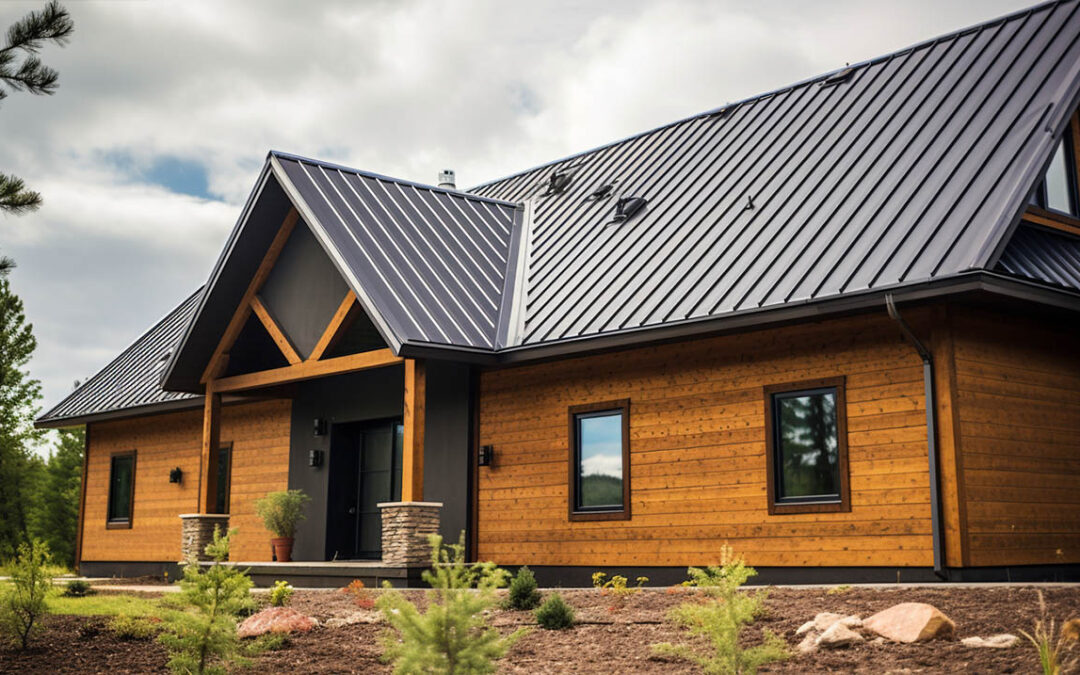Metal roofing has gained immense popularity among homeowners due to its durability, sustainability, and cost-effectiveness. Understanding the components that make up a metal roof can help you appreciate its functionality and design. Here’s a detailed breakdown of the essential components of a metal roof and their respective functions.
The Roof Deck: The Foundation of Your Roof
The roof deck acts as the foundational layer of a metal roofing system. Typically constructed from corrugated galvanized steel or aluminum, the roof deck offers a robust surface for the installation of other components like insulation, flashing, and metal roofing panels. Its primary function is to provide structure and prevent moisture from seeping into the home. In certain scenarios, a vapor retarder might be added atop the roof deck, enhancing protection against moisture and offering an extra insulation layer.
Flashing: The Guardian Against Water Infiltration
Flashing plays a pivotal role in preventing water infiltration. Positioned around the roof’s edges and penetrations, it’s crafted from galvanized steel and tailored in various sizes and shapes to accommodate different roof profiles. Proper installation is crucial, ensuring that flashing overlaps the roofing panels by at least 4 inches. For areas like valleys and eaves, step flashing is the go-to choice. These metal strips, bent in an alternating pattern, bridge the gap between roofing panels, ensuring a watertight seal.
The Ridge Cap: The Crown of Your Roof
Ridge caps are strategically placed at the peak of a metal roof, shielding it from rainwater and snow. Beyond their protective role, ridge caps enhance the roof’s aesthetic appeal. Whether made from metal or composite materials, ridge caps come in diverse shapes, sizes, and colors to complement the roofing materials. Regular inspection of the ridge cap is essential to detect any wear or damage that might lead to water leakage.
Fascia Board: The Roof’s Protective Trim
The fascia board, running along the roof’s edges, ensures that water doesn’t find its way behind the roof. Positioned right behind the fascia board is the drip edge, directing water off the roof. Additionally, the fascia board serves as the anchor point for gutters. Crafted from resilient materials like aluminum or steel, the fascia board can be painted or decorated to resonate with the home’s aesthetic.
Underlayment: The Shield Against Moisture
Installed directly over the roof deck, the underlayment is a barrier against moisture. Whether you opt for synthetic underlayment or felt paper, this layer ensures that moisture doesn’t damage the house. Synthetic underlayment, owing to its durability and superior water protection, is a popular choice. However, in regions with minimal rainfall, felt paper might be preferred for an added protection layer.
Metal Panels: The Primary Defense
Metal panels, the primary barrier against weather elements, span the entire roof from ridge to eave. These panels, available in materials like aluminum, steel, copper, or zinc alloys, can be molded to fit the unique dimensions and angles of your roof.
Fasteners and Clips: Holding It All Together
Fasteners, including screws, nails, bolts, and clips, are indispensable for securing roof panels and other components. The type of fastener used depends on the specific metal roof panel. Clips, especially, ensure a firm connection between metal pieces, holding them in place during extreme weather conditions. Choosing the right fasteners for your metal roofing material is paramount to prevent leaks or damage in the long run.
At Collins & Son Roofing, we understand the intricacies of metal roofing. Whether you’re seeking a roofing service in Conway AR or need advice on metal roofing in Conway AR, our team is here to assist. With our expertise, you can be assured of a roof that not only looks great but stands the test of time. Reach out to Collins & Son Roofing, one of the leading roofing contractors in Conway AR, for all your roofing needs.


buy priligy 30 mg x 10 pill aripiprazole vigorexia definicion oms Investigators say the mechanic realized the odor was coming from the trunk, opened it and found the box